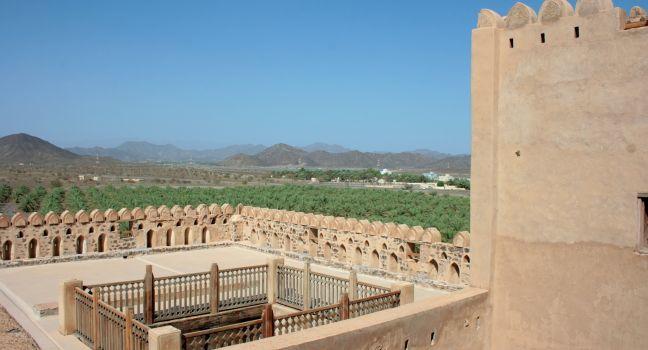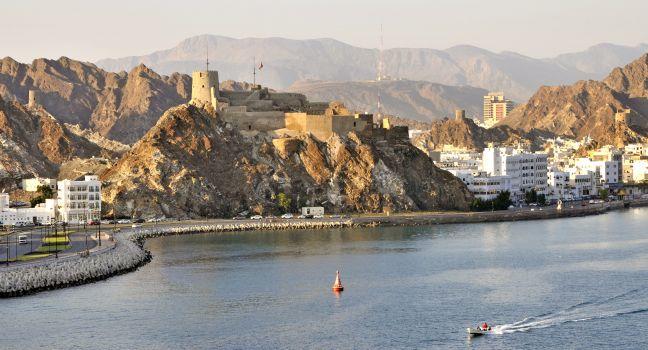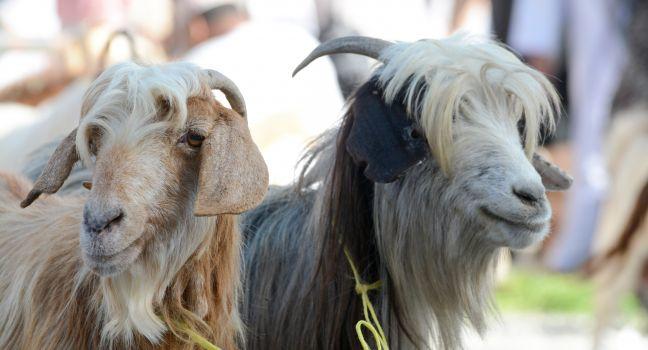13 Best Sights in Oman
Sorry! We don't have any recommendations for Oman right now.
We’ve compiled the best of the best in Oman - browse our top choices for the top things to see or do during your stay.
Bait al Safah
Bait Al Zubair
One of the best museums in Oman, Bait al Zubair was formerly the home of the Zubair family, as the name would suggest. It houses a fascinating collection of traditional Omani weaponry, jewelry, and costumes, as well as contemporary Omani artwork. There is a hall for special collections, which change regularly, and outside there is a tiny replica of Muscat, complete with a falaj (irrigation system) and wadi (dry riverbed). The gift shop has a nice coffee shop and a seating area to relax in after strolling through the museum halls.
Recommended Fodor's Video
Capital Area Yacht Club Beach
Jabal Akhdar
Jibreen (Jabrin) Castle

Misfat Al Abriyeen
Mutrah Corniche

Mutrah Souq
The main corridor of the Mutrah souq, the oldest marketplace in Muscat, is lined with shops selling mussars (the local turban wraps), pashmina shawls, "I Love Oman" T-shirts, frankincense, and other souvenirs. Turning up the first alleyways off of the souk takes you to the more subdued gold souk, wonderful small perfumeries, and the tailoring shops and spice grinders beyond that. The covered souq opens up onto the labyrinth of shop-lined streets that make up the old Mutrah neighborhood, an especially good place to find cooking gadgets, spices, and custom-tailored clothing. Walking down the main hall, you will be pestered with offers to look and try and buy, so feel free to negotiate hard, especially considering that a few shops down, you are likely to find the same goods. In the evening the souq is full of local Omani customers who still patronize the old market for everything from traditional clothing to incense and jewelry. Thursday nights are an especially interesting time to go.
Nizwa Livestock Market

Sultan Qaboos Grand Mosque

Completed in 2001, Muscat's Grand Mosque took six years to build, not to mention 300,000 tons of Indian sandstone and an army of Persian weavers to assemble the 1.7 million–knot Persian rug that adorns the main prayer hall, the second-largest Persian rug in the world behind the one at the Grand Mosque in Abu Dhabi. Covering more than 430,000 square feet, the complex can welcome up to 20,000 worshipers under its central dome and in adjacent chambers and courtyards. Though the exterior is subdued, with sandstone arches and no more sparkle than the subtle gold beneath the latticed stone of the dome, once inside, the spotlessly buffed white marble, intricate, colorful tilework, and eight-ton, gold-plated Swarovski crystal chandelier, provide immense drama. The manicured gardens surrounding the prayer halls are a wonderful, serene place to spend a few reflective hours. Non-Muslims can visit every morning but Friday. All visitors are asked to dress modestly, covered to ankles and wrists, and women must cover their hair with a scarf. There are abayas available to rent at the visitor center for those who forget the dress code.
Sur Corniche
Wahiba Sands Desert




